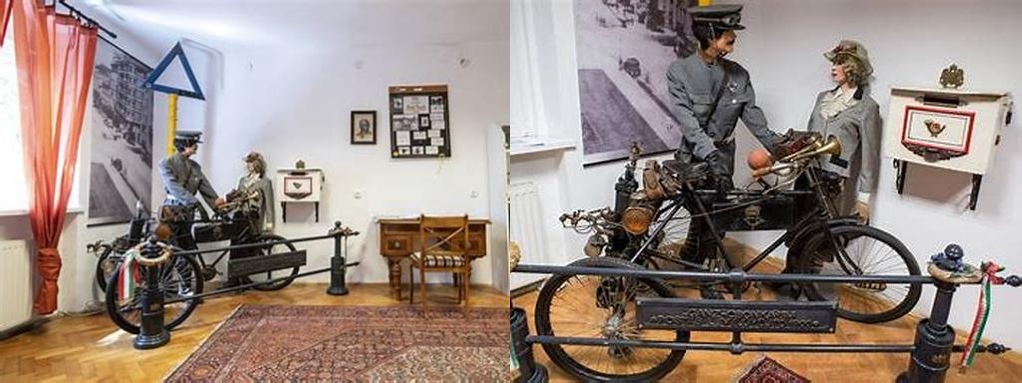
Etele Helytörténeti Gyűjtemény sits quietly in the heart of southern Budapest, tucked away from the usual swell of crowds that make their way toward the more commercial tourist attractions. If you find yourself curious about local histories and the everyday stories that make up a neighborhood’s identity, this collection is somewhat of a hidden gem. There’s a special intimacy to places like this, where the focus isn’t on kings and conquerors or grand revolutions, but on the slow, steady pulse of life as lived by ordinary people—with all its complexities, achievements, struggles, and surprises.
The genesis of Etele Helytörténeti Gyűjtemény traces back to the passion of dedicated residents and the relentless efforts of local historians. Particularly, figures like Pál Horváth, who devoted much of his life to gathering photographs, maps, and memorabilia, are pivotal to its existence. Their aim? To capture the spirit of this unique corner of Újbuda, an area often overshadowed by the city center’s elegant palaces or the bustle of the Buda Castle District. When you first step into the modest building that houses the collection, there’s an immediate sense that you’ve crossed a threshold—not just physically, but in time as well.
What makes the Etele Collection so compelling is its structure. The rooms are organized thematically, rather than strictly chronologically, so you’re not simply ushered along from decade to decade. Instead, you’ll find displays dedicated to the development of transport, especially the story of the Etelka-telep (Etele estate), which grew rapidly in the early 20th century with the advent of the suburban railway line. Imagine tiny train models and photos of original trams with their conductors, who were the rock stars of local mobility in their day. There are also exhibits on local businesses—some long vanished—whose faded shop signs or handwritten ledgers are tangible reminders of a time when commerce was personal and everyone in the district seemed to know your name.
One of the more poignant sections focuses on family life and daily routines. Here, you’ll find children’s schoolbooks, hand-sewn clothing, and kitchen implements carefully labeled in Hungarian—each item breathing life into stories of the community. It’s not hard to imagine the laughter of a neighborhood festival or the hushed conversations around a kitchen table during times of upheaval. The curators haven’t shied away from difficult chapters either, offering a glimpse into the years of war and occupation, and the resilience that followed. What stands out is just how much these objects, mundane as they might be, become precious over time—a sort of everyday archaeology.
The Etele Local History Collection is very much a working archive. Often, new items are added by families who have long roots in the area. You might even find yourself chatting with a local resident volunteering as a guide, slyly pointing out an old wedding portrait and revealing, “That’s my grandmother.” This warmth is what makes the place more than a collection of artifacts—it’s a living conversation across generations. While Hungarian is the primary language spoken, the universal themes of community and memory are palpable for visitors of any mother tongue. With a little curiosity (and perhaps a translation app), even those with no prior knowledge of the area will come away feeling just a little bit at home here.
Visiting Etele Helytörténeti Gyűjtemény is not just about looking at old things in glass cases. It’s about connecting the dots between past and present, about seeing how small decisions—a shop opening, a tram line built, a backyard garden tended—shape the contours of urban life. It’s an invitation to slow down and look at a city not as a sum of attractions to be checked off, but as an ever-evolving story to be experienced. If your journeys through Budapest leave you craving something realer, less filtered, and quietly rich with meaning, consider making time for this remarkable collection. With a few hours here, you’ll come to appreciate the beauty of ordinary history—and perhaps see echoes of your own neighborhood, no matter how far you’ve traveled.





